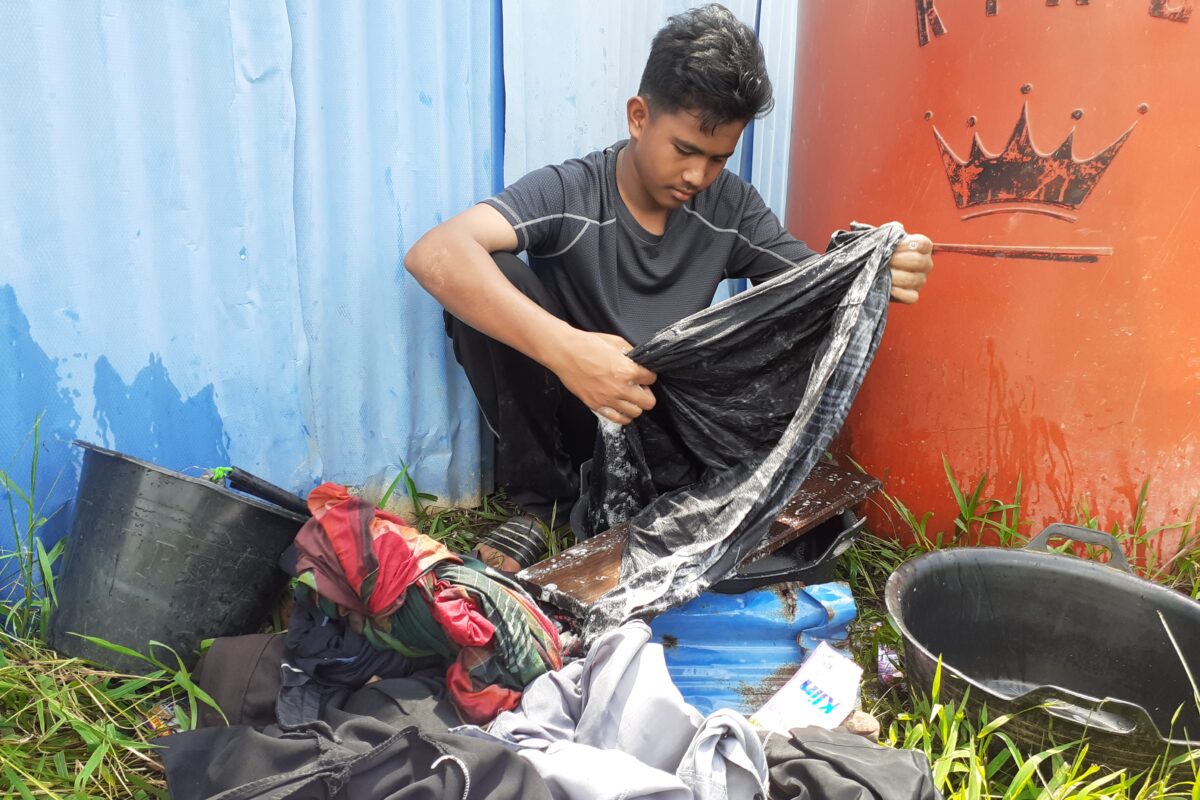Rewilding Success Stories: Gorillas Thriving in Their Natural Habitat
As conservation efforts continue to gain momentum globally, rewilding projects have brought about remarkable success stories. One such instance is the thriving population of gorillas in their natural habitat.
A Triumph for Conservation Efforts: Gorilla Populations on the Rise
Gorillas, facing threats like habitat loss and poaching, have shown promising recovery in areas where rewilding initiatives have been implemented. The increase in gorilla numbers signifies a significant victory for wildlife conservation, showcasing how targeted interventions can reverse the decline of endangered species.
Preserving Biodiversity and Ecosystem Balance
The success of gorilla rewilding projects extends beyond species preservation. Gorillas play a crucial role in maintaining the delicate balance of their ecosystems. By thriving in their natural habitats, gorillas contribute to seed dispersal, plant regeneration, and overall biodiversity, highlighting the interconnectedness of all living organisms in an ecosystem.
Ensuring Sustainability and Long-Term Conservation
While the resurgence of gorilla populations is a reason to celebrate, it is imperative to address ongoing threats such as habitat destruction and climate change. Sustainable conservation measures must be implemented to safeguard the long-term success of rewilding projects and ensure the continued thriving of gorilla populations in the wild.
Ongoing Security Concerns in DRC Gorilla Sanctuaries
Security concerns in the gorilla sanctuaries of the Democratic Republic of Congo (DRC) remain a pressing issue with detrimental effects on the critically endangered mountain gorillas. Despite conservation efforts, these sanctuaries face persistent threats that jeopardize the safety of the gorillas and the stability of the fragile ecosystems they inhabit.
Poaching stands out as a major security concern, driven by the high demand for gorilla parts in illegal wildlife trade. The loss of biodiversity due to poaching not only disrupts the delicate balance of these sanctuaries but also undermines global conservation initiatives. Additionally, ongoing political instability and conflict in the region exacerbate security challenges, making it difficult to ensure the safety of both wildlife and park rangers.
Efforts to address these security concerns involve partnerships between government agencies, conservation organizations, and local communities. Increased surveillance and anti-poaching patrols are crucial to combat illegal activities within the sanctuaries. Moreover, community engagement programs that provide alternative livelihoods can help reduce the incentive for individuals to participate in poaching activities.
Enhanced international cooperation and support are essential to bolster security measures in DRC gorilla sanctuaries. By raising awareness about the importance of wildlife conservation and investing in sustainable solutions, we can work towards safeguarding the future of these majestic creatures and their habitats for generations to come.
The Role of Conservation Efforts in Supporting Gorilla Reintroduction
Gorilla reintroduction programs are reliant on robust conservation efforts to ensure the success of returning these magnificent creatures to their natural habitats. By focusing on conservation, we play a crucial role in safeguarding the ecosystems that gorillas depend on for survival.
Preservation of Habitat
Conservation efforts are vital for safeguarding the habitats of gorillas, which are often threatened by deforestation, mining, and human encroachment. Protecting these habitats ensures that reintroduced gorillas have a safe and suitable environment to thrive in.
Anti-Poaching Measures
Implementing strict anti-poaching measures is essential to prevent the illegal hunting and trade of gorillas and their body parts. Conservation initiatives work towards reducing poaching activities, thereby increasing the chances of survival for reintroduced gorilla populations.
Community Involvement and Education
Engaging local communities in conservation efforts not only raises awareness about the importance of gorilla conservation but also ensures sustainable practices that benefit both people and wildlife. Educating communities on the value of gorillas helps foster a sense of responsibility towards their protection.
Research and Monitoring
Conservation efforts support ongoing research and monitoring programs that track the progress and well-being of reintroduced gorilla populations. By collecting data and studying behavior, conservationists can make informed decisions to improve reintroduction strategies.
Future Prospects for Gorilla Populations in the Democratic Republic of Congo
Breaking Down the Headlines
The future prospects for gorilla populations in the Democratic Republic of Congo are a matter of urgent concern due to various threats facing these magnificent primates, including habitat loss, poaching, and disease outbreaks. Conservation efforts and governmental interventions are crucial in safeguarding the survival of gorillas in this region.
The Bigger Picture
The Democratic Republic of Congo is home to a significant portion of the world’s gorilla population, including the endangered eastern lowland gorillas and the mountain gorillas. The conservation status of these primates not only reflects the health of the local ecosystems but also serves as a barometer for broader global biodiversity and conservation efforts.
What This Means Going Forward
As critical keystone species, the future prospects for gorilla populations in the Democratic Republic of Congo have far-reaching implications for biodiversity conservation, ecotourism, and local communities dependent on these ecosystems. Continued collaboration between conservation organizations, local communities, and governments is essential to ensure the long-term survival of gorillas and the preservation of the rich biodiversity of this region.
